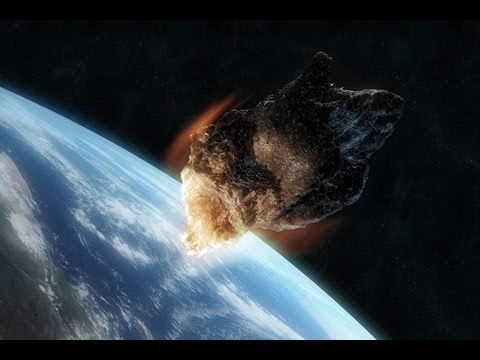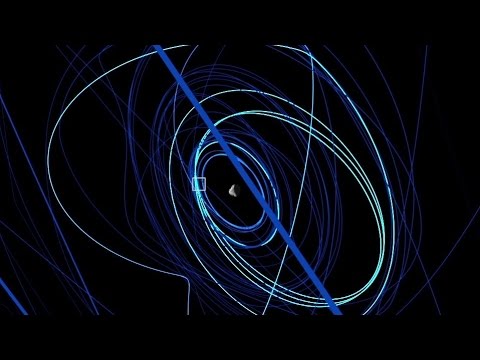Impact Craters: A Window into Earth’s Violent Past
Impact craters are geological formations that provide valuable insights into Earth’s violent past. These craters are formed when a meteorite or asteroid collides with the Earth’s surface at high speeds, creating a large depression in the ground. The resulting impact can cause massive destruction and leave a lasting mark on the landscape.
One of the most well-known impact craters is the Chicxulub crater, located in Mexico’s Yucatan Peninsula. This crater is believed to have been formed around 66 million years ago when a massive asteroid collided with the Earth, leading to the extinction of the dinosaurs. The impact of this event was so powerful that it caused widespread fires, tsunamis, and a global cooling effect that lasted for years.
Impact craters can vary in size and shape, depending on the size and speed of the impacting object. Some craters may be shallow depressions, while others can be hundreds of kilometers wide and several kilometers deep. The shape of the crater can also provide clues about the angle and direction of the impact, as well as the type of material that was impacted.
In addition to studying the size and shape of impact craters, scientists can also analyze the rocks and minerals found within them. These materials can provide valuable information about the impact event itself, such as the temperature and pressure conditions at the time of impact, as well as the composition of the impacting object.
Impact craters can also help scientists better understand the history of Earth’s surface and the processes that have shaped it over millions of years. By studying the distribution and age of impact craters around the world, researchers can gain insights into the frequency and intensity of impact events throughout Earth’s history.
Overall, impact craters serve as a window into Earth’s violent past, providing valuable information about the forces that have shaped our planet over millions of years. By studying these geological formations, scientists can gain a better understanding of the processes that have influenced the evolution of life on Earth and the dynamics of our solar system.













